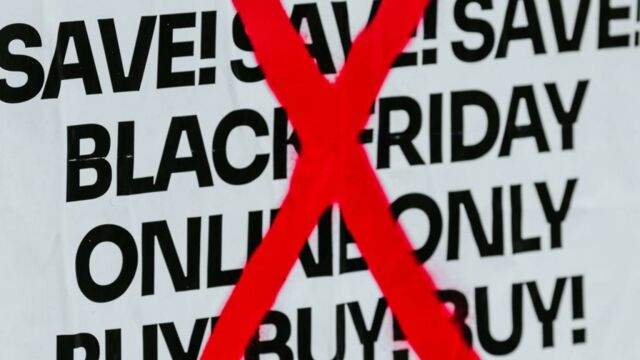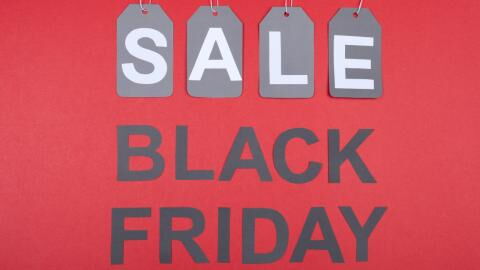Black Friday as the biggest sales event of the year would never see the light of day if businesses didn’t hugely benefit from it. But would they make that much money by slashing prices by 30%, 50% or even 70%? Not really. They have other tricks in store for clueless buyers who end up spending moremoney than they planned and getting less value than they would like.
Discover our latest podcast
Deals are not as great as they are described

Companies are not charities, and it’s only reasonable to assume there is a profit for them behind each discount tag.
Consumer website Which? analysed the prices of 214 products from Black Friday 2021 to investigate if any were genuine bargains. They found that a shocking 98% of deals were cheaper or the same price at other times of the year. So while there are some real sales to be had, genuine discounts are often few and far between.
Out of the deals, 183 (86%) were actually cheaper or the same as their Black Friday price in the six months before the sales event and 209 (98%) were cheaper or the same price at other times in the year. None were cheaper on Black Friday alone.
The companies analysed included seven major home and tech retailers – Amazon, AO, Argos, Currys, John Lewis, Richer Sounds and Very.
What is a typical bad deal?
In one example, researchers found a Zanussi chimney cooker hood was £239 on Black Friday in 2021 at John Lewis, with a £30 saving. But it had been the same price since 9 November and was reduced to £160 for a fortnight in August. It only increased to £269 on 13 October, meaning that the so-called £30 saving didn’t really represent good value for money.
At AO, a Leisure freestanding electric range cooker was £969 on Black Friday last year with a £30 saving. But it remained at this price until 23 December 2021, when it dropped further.Which? found it did not return to above the pre-Black Friday price until February 2022.
Even when including discounts applied in the two weeks around the big day, to take account of Cyber Monday sales, 186 (87%) of deals had a lower or equal price at another time.
How do brands make us buy more?

Sadly, many of the Black Friday items heavily promoted by the brands are either lower-quality versions of the products normally sold, or their older models. This is especially likely to happen with tech andelectronics. Basically, businesses aim to sell what is in less demand and what they have plenty of to make space in their warehouses.
Another strategy brands employ is increasing original prices before Black Friday to make discounts look more attractive. NerdWallet found out that at least 32 major retailers offered the same Black Friday deals as the year before, meaning that if you were in the market for the latest items out there, you were essentially out of luck. Worse yet, you probably didn't realise you were looking at the previous year's models, to begin with.
Research before you shop

Before you convince yourself you'll score a great deal on Black Friday, do some research into the low-cost items being advertised. If you're unable to compare current model numbers, it probably means the retailers you're looking at had certain items produced exclusively for them as part of a lower-quality run, or that they're recycling older products and simply rebranding them.
Sources used:
- The Motley Fool: '4 Reasons Why Black Friday Is the Worst Day of the Year to Shop'
- Your Money: 'Only one in seven ‘deals’ worth buying on Black Friday'
- Which?: '98% of Black Friday deals weren't worth buying last year'















